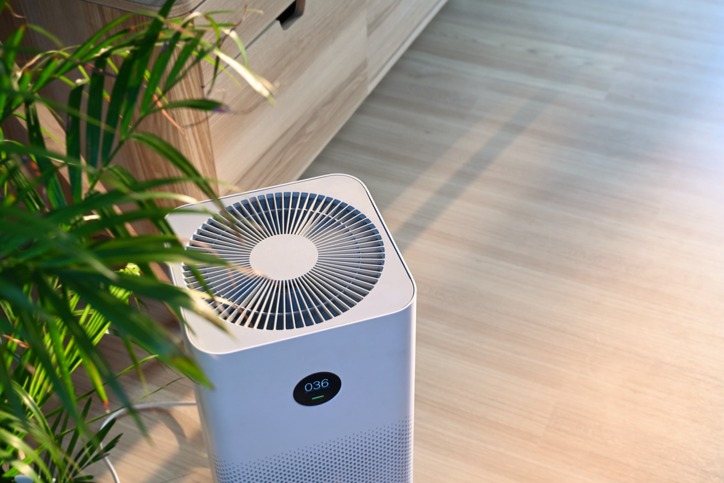
How To Improve Indoor Air Quality At Home
It might feel cozy being tightly sealed into your home, but for those sensitive to allergens or those with respiratory problems, stale indoor conditions can exacerbate these issues. You might think the best way to escape outdoor air pollution is by staying indoors, but this is not necessarily true. By taking the following preventative measures and arming yourself with the proper knowledge, you can improve your home’s indoor air quality (IAQ). Here, our air filters in HVAC systems accumulate airborne pollutants and particulate matter, potentially causing a clog in turn preventing filters from working as effectively as possible. Not only does this spell trouble for the quality of your indoor air, but it also leads to greater wear and tear on your HVAC system, causing it to work overtime to meet your temperature needs. To avoid this, you should install new air filters once a month (or as your system requires) or have our HVAC technicians handle it for you!
Clean Out Air Ducts
Your home’s air ducts distribute heated and cooled air throughout your indoor environment, which provides a comfortable, welcoming environment in every room throughout your home. However, if your home’s air ducts were not properly installed or if they haven’t received proper servicing on a regular basis, they can reduce your home’s indoor air quality by becoming clogged with mold, dust, and other airborne contaminants. We recommend hiring a professional HVAC company like LIBERTYAIR Air Conditioning & Heating to inspect your air ducts and overall HVAC system to help ensure the air in your home is as healthy as possible. We can even install in-duct air purifiers to neutralize indoor pollutants, allergens, dust, odors, and even particles that can make your family sick, all before the air leaves the ductwork.
Control Indoor Humidity
Humidity and moisture contents in North Central Florida are high throughout much of the year. Humid and moist conditions breed mold and mildew that can set off allergies, asthma, and other respiratory issues. This is particularly relevant during the hot summer months when particularly humid conditions are at their peak. To improve your home’s indoor air quality, we recommend reducing the amount of moisture in the air and curbing the growth of irritating molds with a few well-placed dehumidifiers. There is a multitude of dehumidifier options available that can help you maintain consistent, healthy indoor humidity levels that create comfortable living conditions (and higher-quality air) in your home.
Keep Rugs & Carpets Clean
Rugs and carpets add comfort and aesthetic focal points to the home, but they can wreak havoc on indoor air quality. Rugs and carpets act as their own filters, trapping dust, dirt, and other particles within their many fibers. Other soft surfaces like couches with fabric upholstery and welcome mats can pose similar issues for your indoor air quality. To help prevent lower indoor air quality due to the soft surfaces in your home, we recommend cleaning fabric surfaces, carpets, and rugs at least once each week. If your allergies are severe or you suffer from respiratory issues, you should clean more frequently.
Use Cooking Vents
Plenty of indoor air pollutants come from your kitchen. If you have a gas stove, it releases harmful contaminants, such as carbon monoxide and nitrogen dioxide, into the air. Even electric burners produce these same chemicals but at lower rates, as well as other particles and contaminants that are dangerous to your health. A good way to combat stove-related contaminants is to ensure you have adequate ventilation any time you use your stove or other cooking appliances. When you cook, be sure to turn on your kitchen vents and open one or more nearby windows to help filter potentially harmful air out even more.